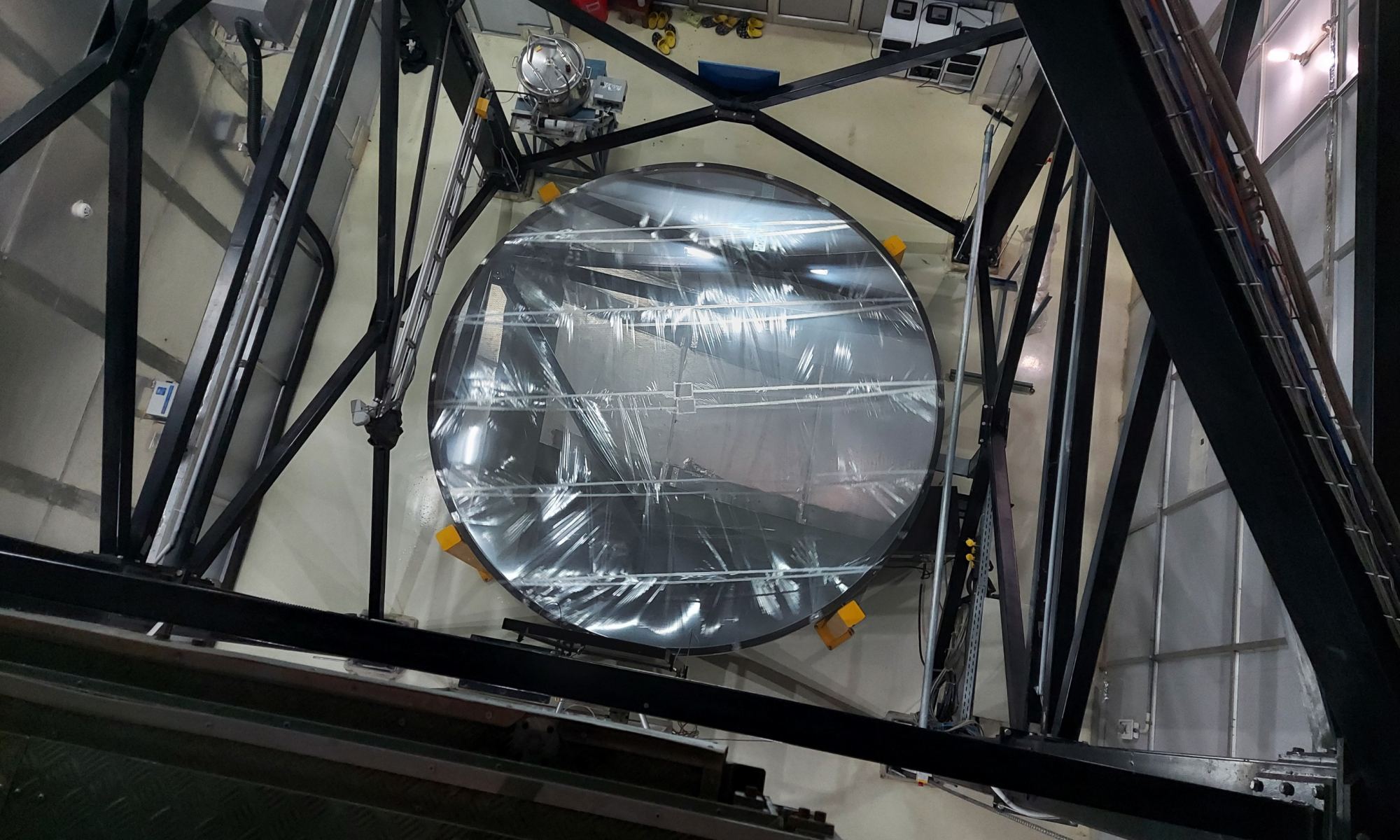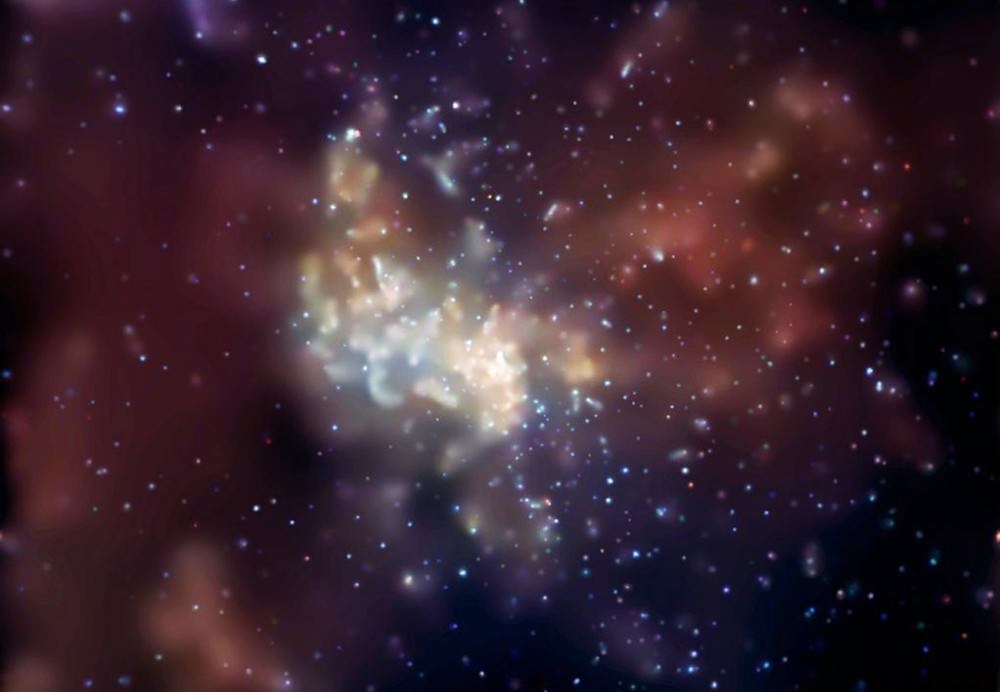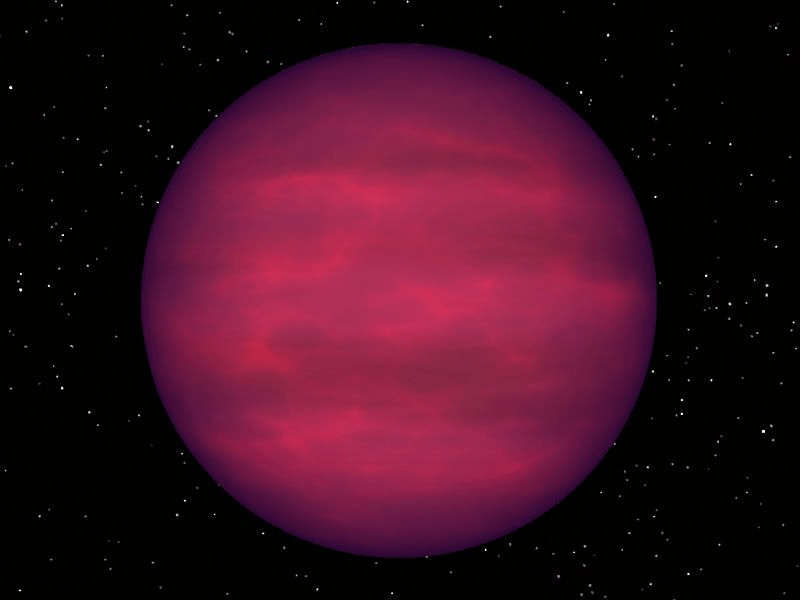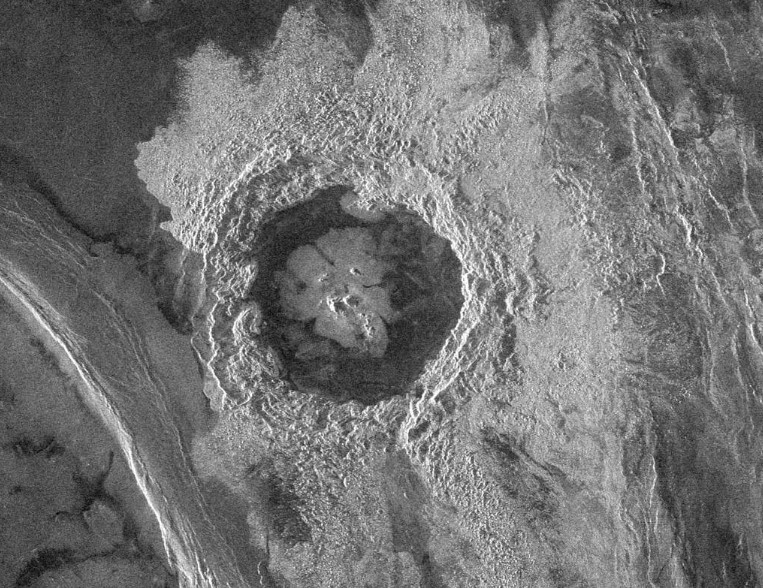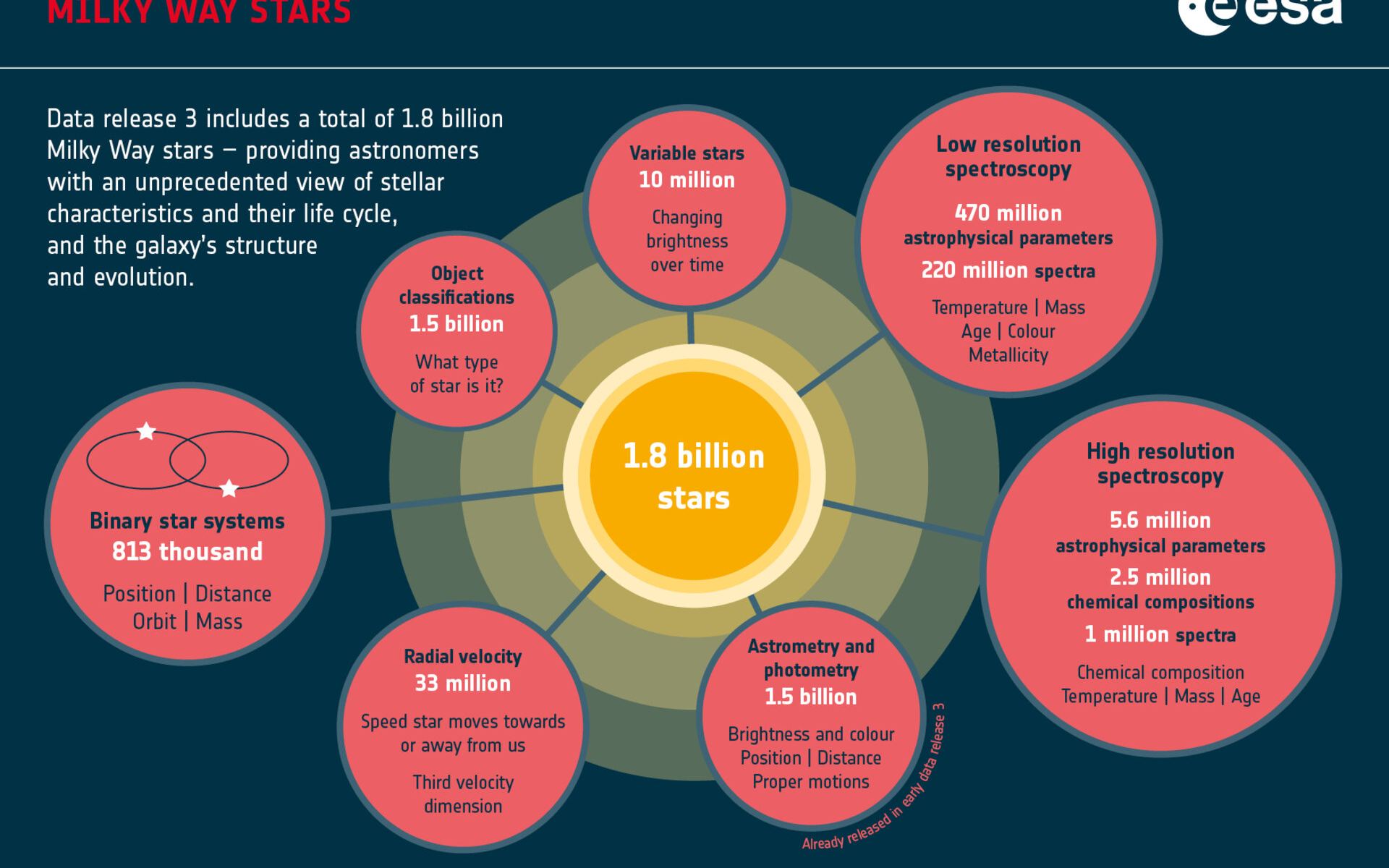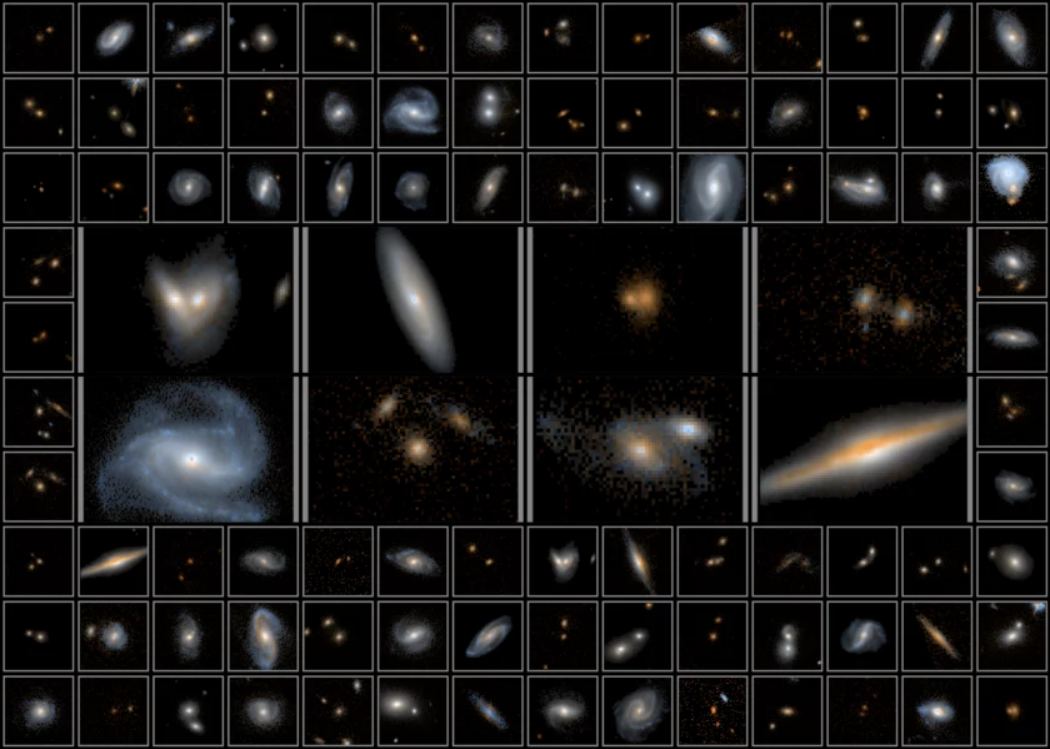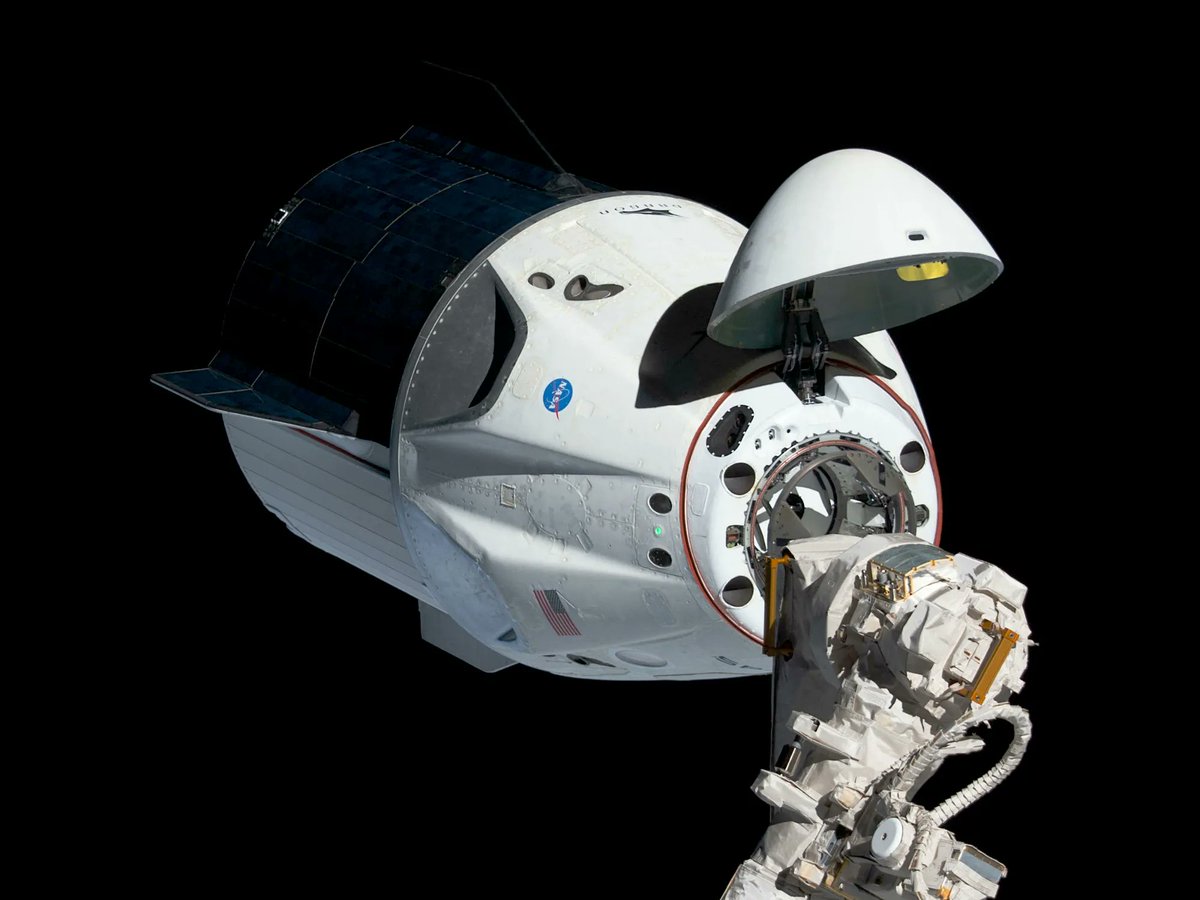In 1977, the Big Ear Radio Telescope at Ohio State University picked up a strong narrowband signal from space. The signal was a continuous radio wave that was very strong in intensity and frequency and had many expected characteristics of an extraterrestrial transmission. This event would come to be known as the Wow! Signal, and it remains the strongest candidate for a message sent by an extraterrestrial civilization. Unfortunately, all attempts to pinpoint the source of the signal (or detect it again) have failed.
This led many astronomers and theorists to speculate as to the origin of the signal and what type of civilization may have sent it. In a recent series of papers, amateur astronomer and science communicator Alberto Caballero offered some fresh insights into the Wow! Signal and extraterrestrial intelligence in our cosmic neighborhood. In the first paper, he surveyed nearby Sun-like stars to identify a possible source for the signal. In the second, he estimates the prevalence of hostile extraterrestrial civilizations in the Milky Way Galaxy and the likelihood that they’ll invade us.
Continue reading “There Could Be Four Hostile Civilizations in the Milky Way”



